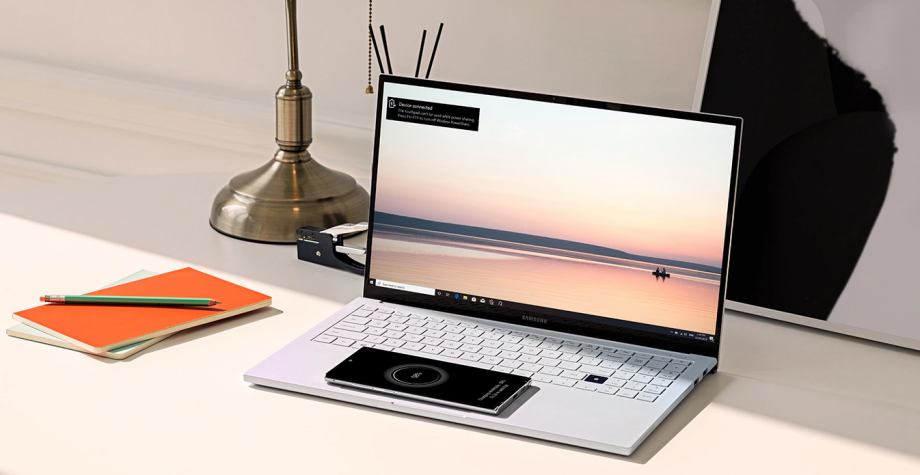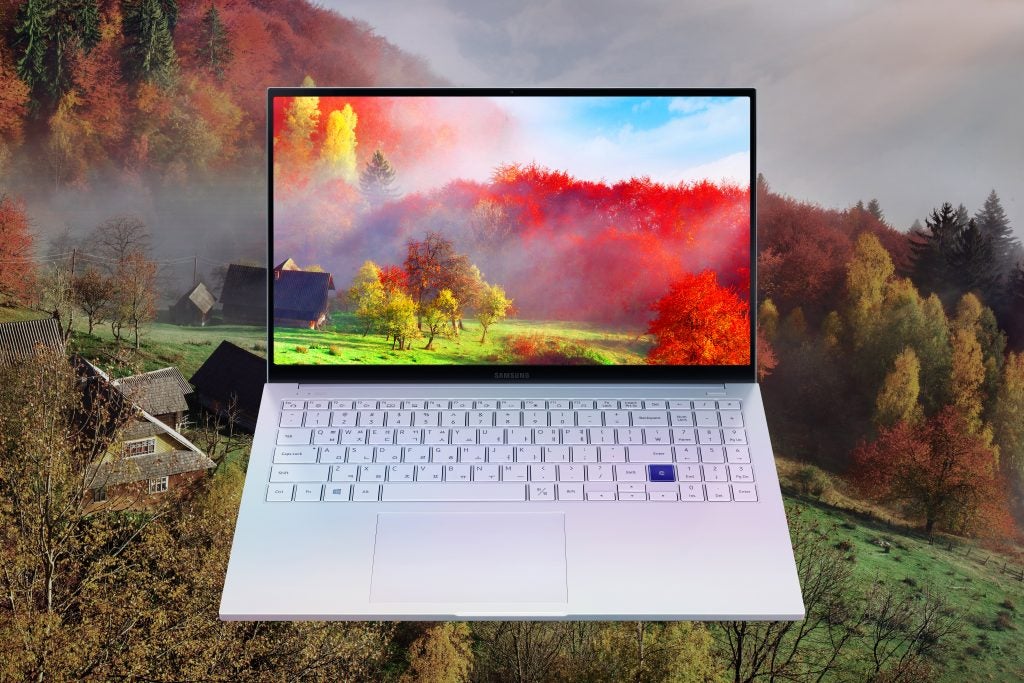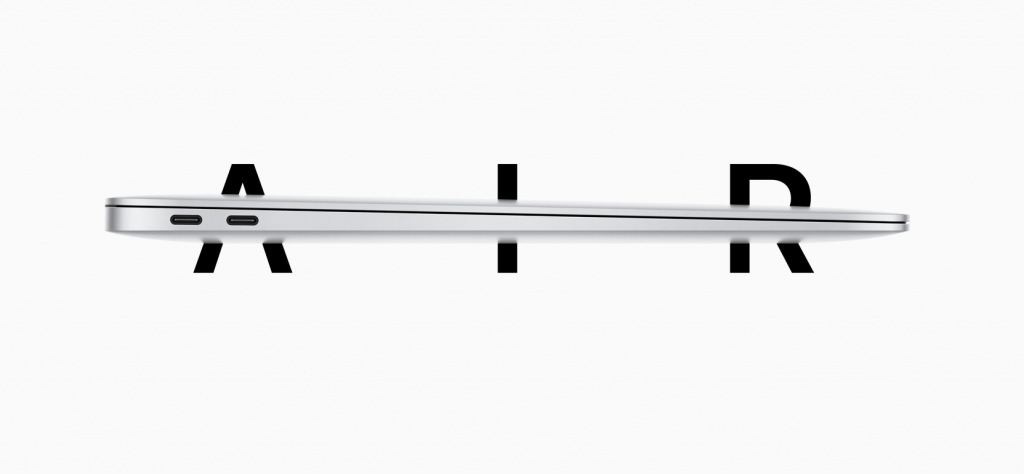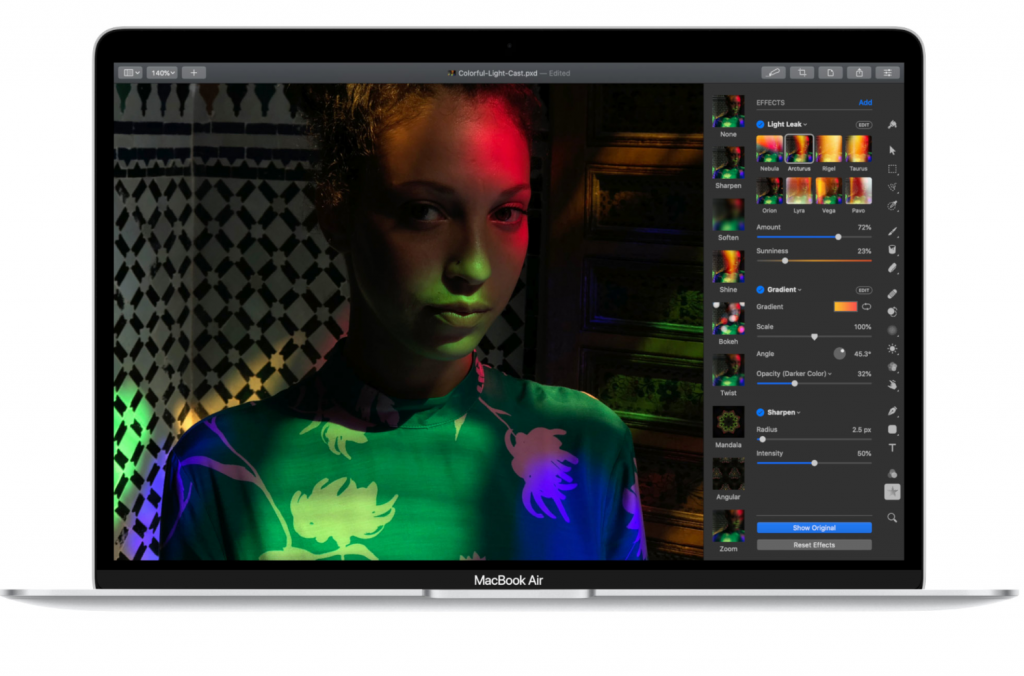Galaxy Book Ion vs MacBook Air 2020: Can Samsung unseat the student champ?

Samsung is jumping back into the UK laptops market with three new devices. In Galaxy Book Ion vs MacBook Air 2020, we see if its new productivity-focused machine can take on Apple.
The Galaxy Book Ion is the most conventional of the new Samsung laptops – even if it’s just in terms of form factor. The Ion still aims to stand out with its bright design and shiny blue accents.
On the inside, Samsung has done the hard work for you when it comes to choosing a model, with only one set of specs available. By contrast, the MacBook Air 2020 has a ton of customisation options. But when they go head-to-head, who comes out on top?
Related: Best Student Laptops

Galaxy Book Ion vs MacBook Air 2020 – Price
The Galaxy Book Ion is priced at £1249 for the 13.3-inch model and £1299 for the 15.6-inch model. These are the only prices for the Ion, with just one model per size.
MacBook Air pricing starts at £999. However, to get specs on par with the Galaxy Book Ion, you’ll have to fork out a similar amount of cash – that being £1299.
Related: Galaxy Book Flex

Credit: Apple
Galaxy Book Ion vs MacBook Air 2020 – Specs
On the face of it, the specs of these student-friendly productivity laptops may not look that comparable, but the sweet spot of the MacBook Air models nicely falls in with the Galaxy Book Ion pricing. Let’s take a look at how they directly compare:
| Samsung Galaxy Book Ion | MacBook Air 2020 | MacBook Air 2020 | |
| Processor | 1.6GHz quad-core Intel Core i5 (up to 4.20Ghz) | 1.1GHz dual-core Intel Core i3 (up to 3.2GHz) | 1.1GHz quad-core Intel Core i5 (up to 3.5GHz) |
| RAM | 8GB | 8GB | 8GB |
| Storage (SSD) | 512GB | 256GB | 512GB |
| Display | 13.3/15.6-inch 1920×1080 QLED Display | 13.3-inch 2500×1600 Retina Display | 13.3-inch 2500×1600 Retina Display |
| Graphics | Intel UHD | Intel Iris Plus | Intel Iris Plus |
| Ports | Thunderbolt 3 USB-C, 2x USB-A 3.0, MicroSD, HDMI, 3.5mm headphone jack | 2x Thunderbolt 3 USB-C, 3.5mm headphone jack | 2x Thunderbolt 3 USB-C, 3.5mm headphone jack |
| Dimensions | 12.9 x 305.7 x 199.8mm | 16.1 x 304.1 x 212.4mm | 16.1 x 304.1 x 212.4mm |
| Weight | 970g | 1.29kg | 1.29kg |
| Price | £1249 (13.3-inch)/£1299 (15.6-inch) | £999 | £1299 |
So, for under £1300, you get these laptops with similar horsepower. However, the experiences they offer have some distinct differences that can be seen in the specs table.
The key difference is the processor. Both features 10th Gen Intel chips but, as Intel likes to muddy the waters a bit, there is a decent amount of variation.
The Galaxy Book Ion features a Comet Lake H-series processor and, as you can see from the specs table, this offers higher frequencies than the MacBook Air – this is despite the Apple laptop also being an i5.
The lower power of the MacBook Air comes from it sporting a Y-series processor – Intel’s series of chips that are aimed at slimmer and less power-demanding mobile machines.
The difference in the processor does benefit the MacBook Air in one area. The Y-series chip feature Intel’s Iris Plus graphics, which are a step up from the UHD graphics included on the Galaxy Book Ion. The gap isn’t huge and neither of these devices is made for heavy graphical work like design and editing but, for less intensive versions of those tasks, the MacBook Air will be more equipped.
Related: MacBook Air 2020 vs MacBook Air 2019

Galaxy Book Ion vs MacBook Air 2020 – Design
The design of both of these laptops puts them at the top of the pile. Apple has its tried and true MacBook design that it has honed over several years. While Samsung is returning with a super slim and stylish look.
MacBook Air may be thought of by many as a remarkably thin laptop, and it is, but you might be surprised to hear that the Galaxy Book Ion comes in at almost 4mm thinner. Samsung is definitely pushing the thin and light form-factor to its limits across its new Galaxy Book devices.
Nevertheless, both devices have an extremely premium look and you definitely won’t be hiding away in a corner in a coffee shop on these laptops – you’ll want to show them off.
Samsung does offer more choice when it comes to design – not in terms of looks but in size. MacBook Air comes in one size, with a 13.3-inch display. The Galaxy Book Ion can be purchased as a 13.3-inch display machine or a 15.6-inch one, with only £50 between the two. The 15.6-inch model also allows for upgradeable RAM and storage – a handy inclusion.
Both devices have some mighty fine display chops too. Apple has utilised its stunning Retina Displays on MacBooks for quite a few years now and the new MacBook Air 2020 has that too. While the Galaxy Book Ion features Samsung’s QLED display tech – bringing it to its laptops from its acclaimed TV range.
Conclusion
For productivity workloads (and at the sub-£1300) price point, both of these devices are well-equipped for essay writing and browsing the web.
With one sensibly-specced model, the Galaxy Book Ion would provide a bit more bang-for-your-buck against a MacBook Air for the same price.
However, if you are a light user of the web and basic word processing, you can pick up a model of the MacBook Air for cheaper. At the other end, it is possible to spec the MacBook Air to house more power than the Samsung laptop but, with a limited thermal design, it can only handle so much and adding extras can be expensive when shopping with Apple.
Look out for our full reviews of both of these devices where we’ll be able to give a more comprehensive answer to this ongoing question.

